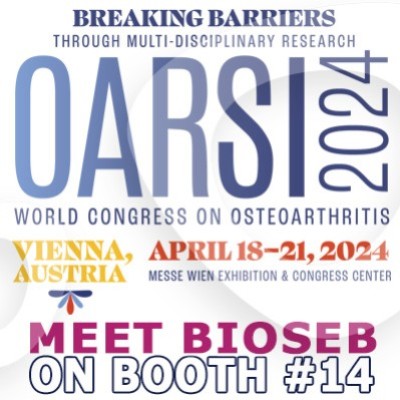Authors
J Scekic-Zahirovic, M Fischer, GS Lopez, et al
Lab
Journal
Progress in Neurobiology
Abstract
Amyotrophic lateral sclerosis (ALS) arises from the combined degeneration of motor neurons (MN) and corticospinal neurons (CSN). Recent clinical and pathological studies suggest that ALS might start in the motor cortex and spread along the corticofugal axonal projections (including the CSN), either via altered cortical excitability and activity or via prion-like propagation of misfolded proteins. Using mouse genetics, we recently provided the first experimental arguments in favour of the corticofugal hypothesis, but the mechanism of propagation remained an open question. To gain insight into this matter, we tested here the possibility that the toxicity of the corticofugal projection neurons (CFuPN) to their targets could be mediated by their cell autonomous-expression of an ALS causing transgene and possible diffusion of toxic misfolded proteins to their spinal targets. We generated a Crym-CreERT2 mouse line to ablate the SOD1G37R transgene selectively in CFuPN. This was sufficient to fully rescue the CSN and to limit spasticity, but had no effect on the burden of misfolded SOD1 protein in the spinal cord, MN survival, disease onset and progression. The data thus indicate that in ALS corticofugal propagation is likely not mediated by prion-like mechanisms, but could possibly rather rely on cortical hyperexcitability.
BIOSEB Instruments Used:
Grip strength test (BIO-GS3)

 Pain - Thermal Allodynia / Hyperalgesia
Pain - Thermal Allodynia / Hyperalgesia Pain - Spontaneous Pain - Postural Deficit
Pain - Spontaneous Pain - Postural Deficit Pain - Mechanical Allodynia / Hyperalgesia
Pain - Mechanical Allodynia / Hyperalgesia Learning/Memory - Attention - Addiction
Learning/Memory - Attention - Addiction Physiology & Respiratory Research
Physiology & Respiratory Research
 Pain
Pain Metabolism
Metabolism Motor control
Motor control Neurodegeneration
Neurodegeneration Cross-disciplinary subjects
Cross-disciplinary subjects Muscular system
Muscular system General activity
General activity Mood Disorders
Mood Disorders Other disorders
Other disorders Joints
Joints Central Nervous System (CNS)
Central Nervous System (CNS) Sensory system
Sensory system Bioseb on booth #14 at OARSI 2024 in Vienna
Bioseb on booth #14 at OARSI 2024 in Vienna 